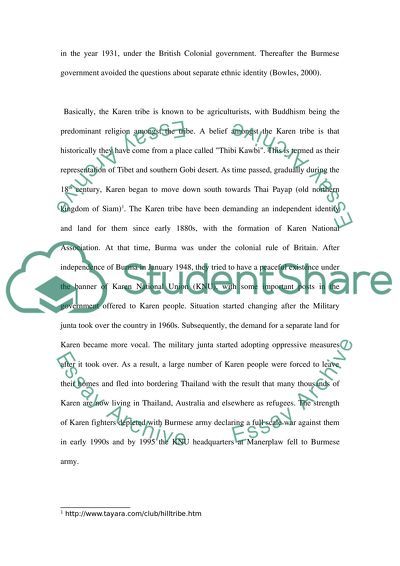Cite this document
(“The Ethnic Groups in Southeast Asia Essay Example | Topics and Well Written Essays - 1500 words”, n.d.)
Retrieved from https://studentshare.org/miscellaneous/1533584-the-ethnic-groups-in-southeast-asia
Retrieved from https://studentshare.org/miscellaneous/1533584-the-ethnic-groups-in-southeast-asia
(The Ethnic Groups in Southeast Asia Essay Example | Topics and Well Written Essays - 1500 Words)
https://studentshare.org/miscellaneous/1533584-the-ethnic-groups-in-southeast-asia.
https://studentshare.org/miscellaneous/1533584-the-ethnic-groups-in-southeast-asia.
“The Ethnic Groups in Southeast Asia Essay Example | Topics and Well Written Essays - 1500 Words”, n.d. https://studentshare.org/miscellaneous/1533584-the-ethnic-groups-in-southeast-asia.


